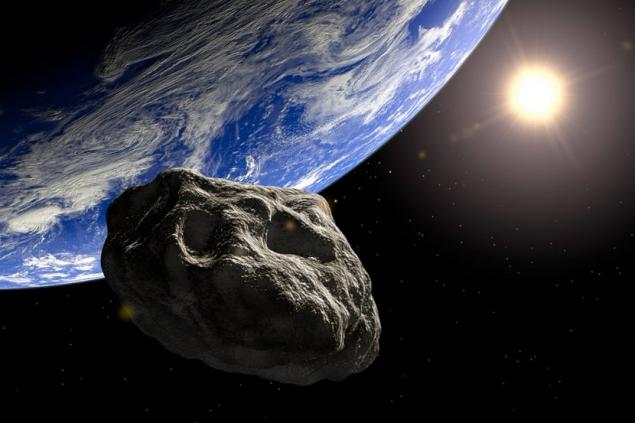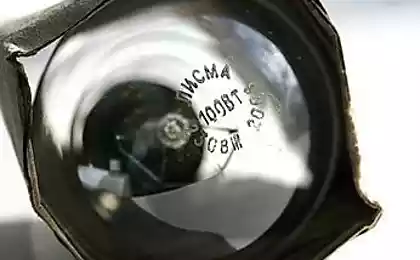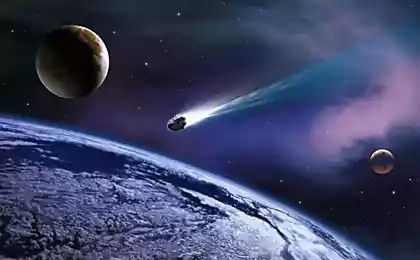472
Past Earth on January 26 will fly by a large asteroid

After about a week and a half past the Earth will need to fly a visitor from outer space. Astronomers report that on 26 January near the Earth will pass a very large asteroid, but is worried the inhabitants of this planet should not be — the trajectory of the cosmic wanderer is a safe distance from the Ground.
According to scientists from space Agency NASA, at the closest point the distance between the asteroid and our planet will reach 1.2 million kilometers, equivalent to three distances between the Earth and the Moon.
After analyzing the information about how much light the stone reflects, astronomers came to the conclusion that the size of the asteroid at its widest point are about 0.5 kilometers, which makes it a very impressive space rock. And as the researchers report, it will be the biggest asteroid that ever flew past our planet at a similar distance.
At the same time, 2004 BL86 (the so-called cosmic guest) this title will be able to save not so long because in the year 2027 the Earth will fly really a giant asteroid, called 1999 AN10. The diameter of this space stone according to various estimates is from 0.8 to 1.8 kilometers.
"2004 BL86 will become the largest asteroid ever to be flying past us at such a distance, but only up to the moment in the year 2027 the Earth will fly another asteroid, dubbed 1999 AN10," — commented his statement scientists from NASA.
The stone, which this month will be visited by our near-earth space, was first discovered on 30 January 2004 using one of the telescopes of the laboratory of search for near-earth asteroids named Lincoln, located in new Mexico.
Scientists report that they have had enough time to observe his behavior and flight path. The results showed that following its flyby of the Earth could take place not earlier than a few centuries.

As mentioned above, the asteroid poses no danger to Earth. However, this does not make it any less interesting to scientists. On the contrary, NASA astronomers plan to examine more space rock in more detail and figure out the details of its composition and form. In addition, the researchers want to get a few pictures of the space a guest who will fly past Earth at the closest point. The photos of the asteroid will be freely available the day after its passage.
Researcher don Emans shared about why scientists can not wait to consider 2004 BL86 closer:
"Asteroids are interesting not only because it provided the initial Ground water reserves and the constituent elements for the emergence of life, but also the fact that in the relatively near future they will be one of the main sources for the extraction of mineral resources and other mineral resources."
"Such a close approach of an asteroid passing by our planet will enable scientists to better study and understand these space objects".
Source: hi-news.ru























